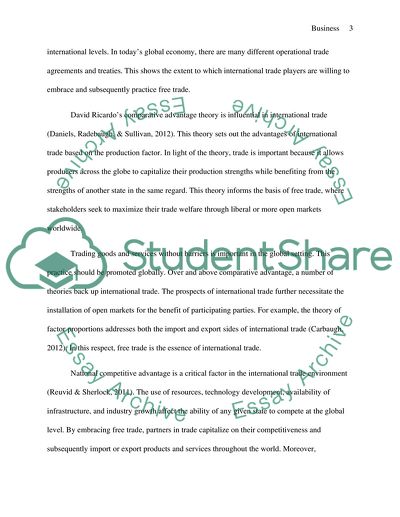Cite this document
(Comparative Economic Systems Essay Example | Topics and Well Written Essays - 1726 words - 1, n.d.)
Comparative Economic Systems Essay Example | Topics and Well Written Essays - 1726 words - 1. Retrieved from https://studentshare.org/macro-microeconomics/1624758-free-trade
Comparative Economic Systems Essay Example | Topics and Well Written Essays - 1726 words - 1. Retrieved from https://studentshare.org/macro-microeconomics/1624758-free-trade
(Comparative Economic Systems Essay Example | Topics and Well Written Essays - 1726 Words - 1)
Comparative Economic Systems Essay Example | Topics and Well Written Essays - 1726 Words - 1. https://studentshare.org/macro-microeconomics/1624758-free-trade.
Comparative Economic Systems Essay Example | Topics and Well Written Essays - 1726 Words - 1. https://studentshare.org/macro-microeconomics/1624758-free-trade.
“Comparative Economic Systems Essay Example | Topics and Well Written Essays - 1726 Words - 1”, n.d. https://studentshare.org/macro-microeconomics/1624758-free-trade.


